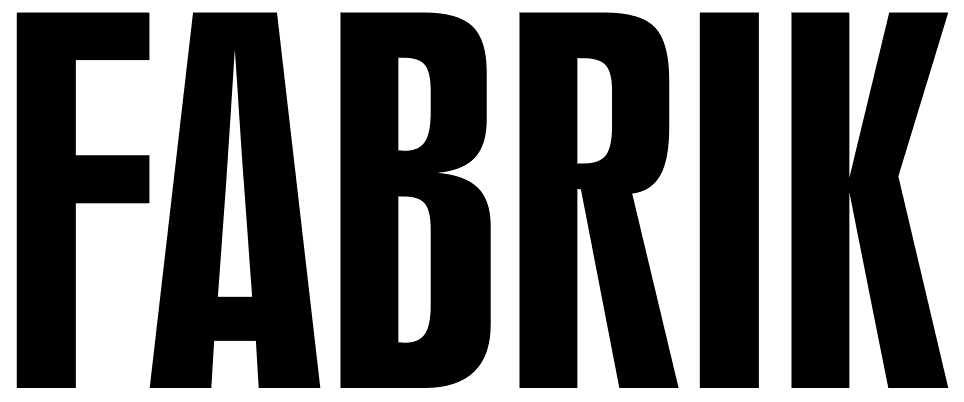Buenos Aires born artist Carlos Grasso will be part of a two person show Dos del Sur (Two from the South) opening at the Santa Paula Museum of Art January 31st.
An artist of many talents, Grasso studied graphic arts, painting and music in Buenos Aires, Paris and Los Angeles. His apprenticeship started with still-life and portraiture under the guidance of master painter David A. Leffel. Later on, his artwork evolved towards pure abstraction. He defines himself as a visually insatiable experimental artist.
Art critic Shana Nys Dambrot writes about his work, “Carlos Grasso was one kind of painter for a long time, and then he became another. He once pursued a staunch Old Master style in the uber-classical tradition of Rembrandt and Vermeer. Then five or six years ago, Grasso had an epiphany. “The neurons just started firing differently one day, and I had a new style.” Which at first was actually every style he could think of in rapid succession, but eventually he settled into the rich abstract expressionism and juxtapositional collage works of today — seas of form and color, positing resolutions to the tension between abstract and figurative visions, which he also sees as a tension between the external and internal worlds of experience and inquiry.
The “Inner Structures” paintings, for example, almost always follow a sort of compositional template in which a single, tightly rendered object/images borrowed from his classical phase — a rose, a pomegranate, a human heart — rest atop, or rather hover above variations on abstract, atmospheric color fields, like weather systems built of mark-marking, or boxes of rain. Although there are divergent styles and techniques in play, Grasso choreographs a deft interplay between them, so that certain shapes, gestures, motifs, and colors appear in a fractal rhyme scheme of recombinant configurations across the whole.
Perhaps the most art historically articulated evidence of Grasso’s break/breakthrough are the white paintings, which are some of the most heavily assemblage- and collage-based compositions. The involvement of objects takes care of the representational element he likes to incorporate, without breaking the vow of the palette. He calls all of these self-portraits.
One of the more affecting of Grasso’s motifs has to do with language. He frequently includes either calligraphic writing a la Twombly, or else collaged letterform stencils as elements of the composition — but he is adamant that this is without meaning or message, saying, “It references speech but has no content.” It’s more the concept of language as a bridge between worlds. “Language is built of abstract sounds and forms, it’s imprecise — but it’s what we have. Art is a language, too,” and Grasso feels that art can be that kind of bridge — between people, or between the concrete and invisible worlds.”
Santa Paula Museum of Art 117 North 10th Street Santa Paula California 93060 (805) 525-5554 info@santapaulaartmuseum.org












